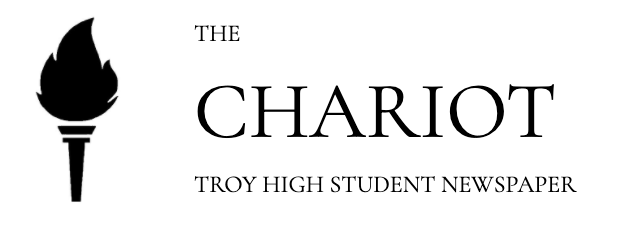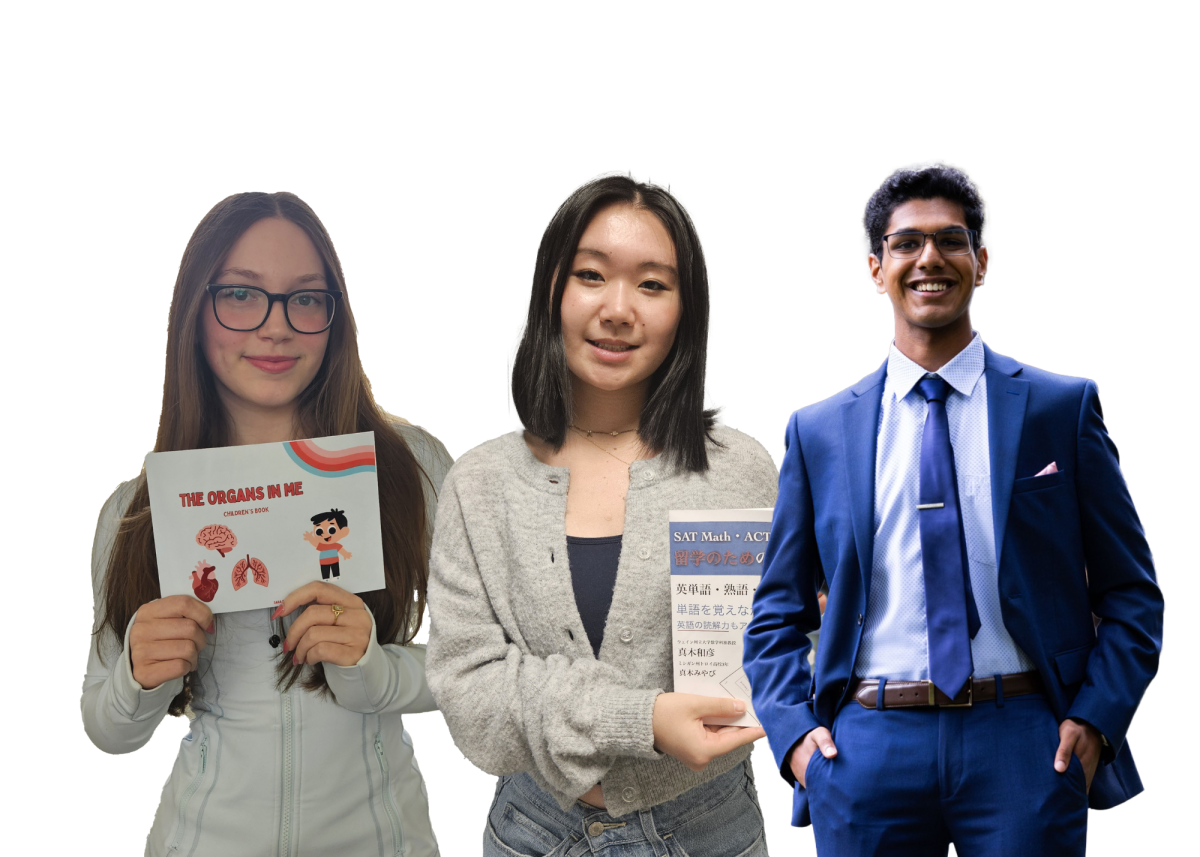The Organs in Me
By Sara Demiraj
Sara Demiraj self-published her book, “The Organs in Me,” which is an illustrated children’s book that covers the seven major organs in the human body. Demiraj not only wrote but also illustrated the book.
Demiraj states that the illustrations “were the most time-consuming part.” This was due to the fact that she created all her own characters. She also emphasized that organs are extremely detailed, so her drawings had to reflect that.
Demiraj was inspired to write this book because of her love for anatomy, stating, “Writing about the body and how it works has always been one of my passions.”
Demiraj gives partial credit for her interest in this subject to an anatomy class she took at Troy High School, stating that “the research process mostly came from my anatomy class. I learned so much, and I am forever grateful that I took that class.”
Demiraj had a certain person in mind while writing: her little brother. She says, “I wanted to write a book because of my little brother. He was a huge inspiration. Not only was it a good gift to give him, but also it was a way to share my passion with him in a way he could understand.”
“The Organs in Me” is currently available for purchase on Amazon.
留学のための数学 (Translations: Mathematics for studying abroad)
By Miyabi Shinki
Miyabi Shinki co-published an SAT and ACT preparation book. The book is specifically intended to prepare Japanese high school students for the math section of the ACT and SAT.
The need for resources for Japanese students who planned to study abroad but had to take English standardized exams is major. Shinki said, “Language is such a big barrier to smart students who are in Japan. A lot of students know the basics of math, but they don’t know the math words.”
To help students from Japan and allow them to get closer to studying abroad, Shinki’s book includes sample SAT and ACT problems with English and Japanese translations.
Shinki explained her process for creating the selected problems and translation: “I wrote some code to find out common keywords that are in math problems on the SAT and ACT. Then I translated those, and I just used my own knowledge for that. I also wrote myself some example sentences using those words. My co-publisher helped me come up with math problems using the concepts of those words.”
Currently, this book is available on Japanese and American Amazon. However, Shinki hopes that this book will be able to help many more people, and that process begins with publishing paper copies of the book. At present, she and her co-publisher are working on that endeavor.
Barriers to Accessibilities in the Field of Competitive Youth Robotics
By Joshua Eapen
Joshua Eapen has spent the past four years working on a research project in partnership with the Avondale School District called “Barriers to Accessibilities in the Field of Competitive Robotics.” His research is meant to show how a multitude of barriers translate to certain kids from various backgrounds being unable to get engaged in STEM-related fields and activities.
Eapen states that through his research, he was able to identify three main barriers, which include “money, mentors and space.”
All three identified barriers are imperative to student success in the field of robotics. Eapen explains each of their importance, starting with money, stating, “You need the capital to be able to build your projects, to innovate, to conduct your research and development as well as to be able to sustain long-term growth.”
Mentors are imperative so that students can “take the experiences they have learned and be able to further our cause without having to fall into the same traps that they did.”
Lastly, space. Eapen says, “If you don’t have a physical location where you are fostering an environment where students feel safe, secure and at home, then we are failing to give students and educators a place where we can grow as a community.”
With his research and the conclusions Eapen and the team from Avondale School District were able to come to, they started a completely free program for students interested in robots, which Eapen helped oversee.
A multitude of other incredible things have come from Eapens research, including the program receiving 80,000 dollars in funding from the Michigan State Legislator, the Avondale School District supplying free bus transportation to various robotics locations and the program now being able to offer roughly 50 million dollars worth of various scholarships to students.
The research and the resulting program are both things Eapen is extremely passionate about. He states that when he started doing robotics in middle school, the Pay-to-Participate fee was astronomically high. This resulted in Eapen having to resort to finding corporate sponsorships and scholarships as a sixth grader. He states, “it’s a really amazing feat to be able to say that I actively influenced a change because I used to be that kid who didn’t have that ability and didn’t have the resources, and here I am giving this opportunity to someone else.”


